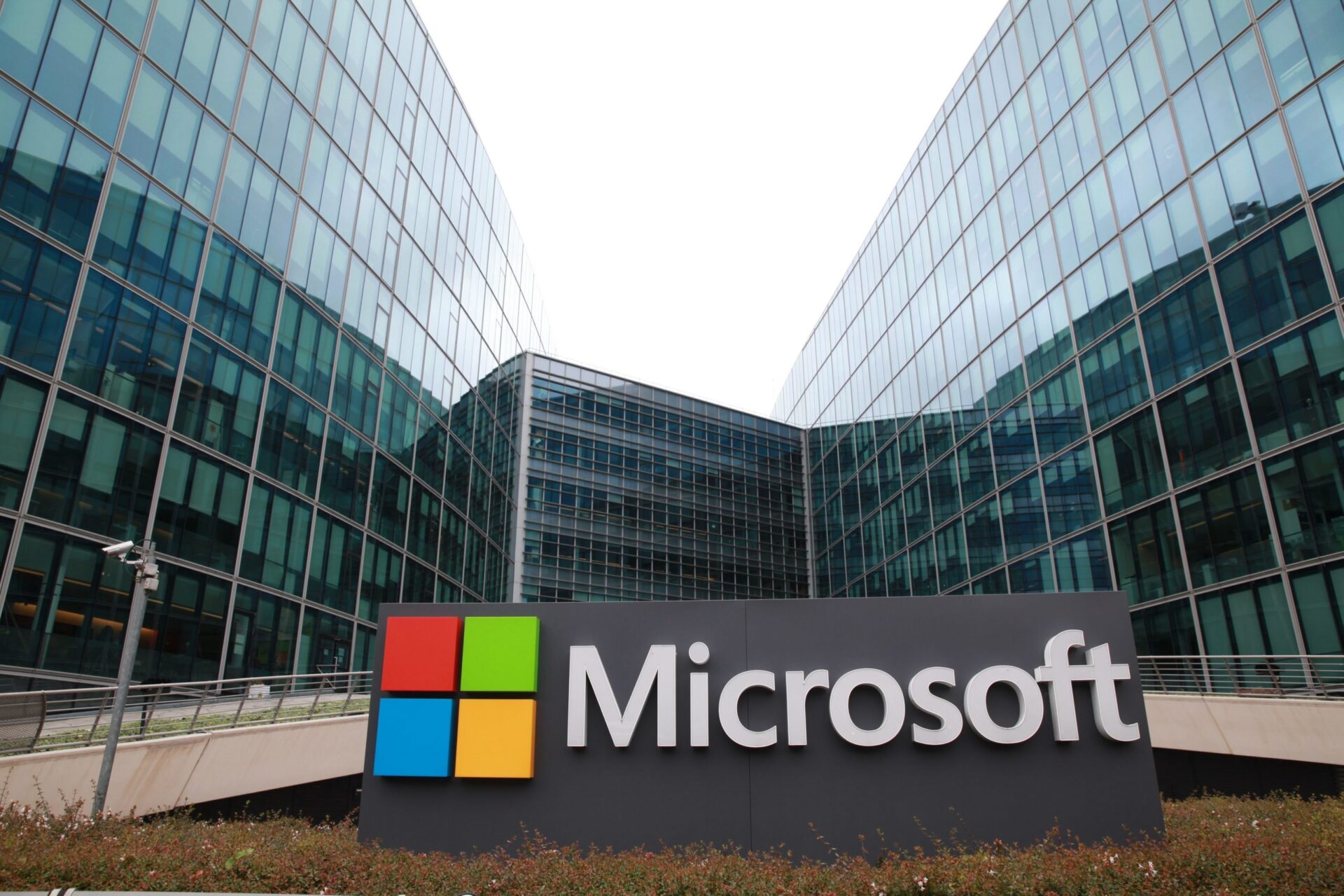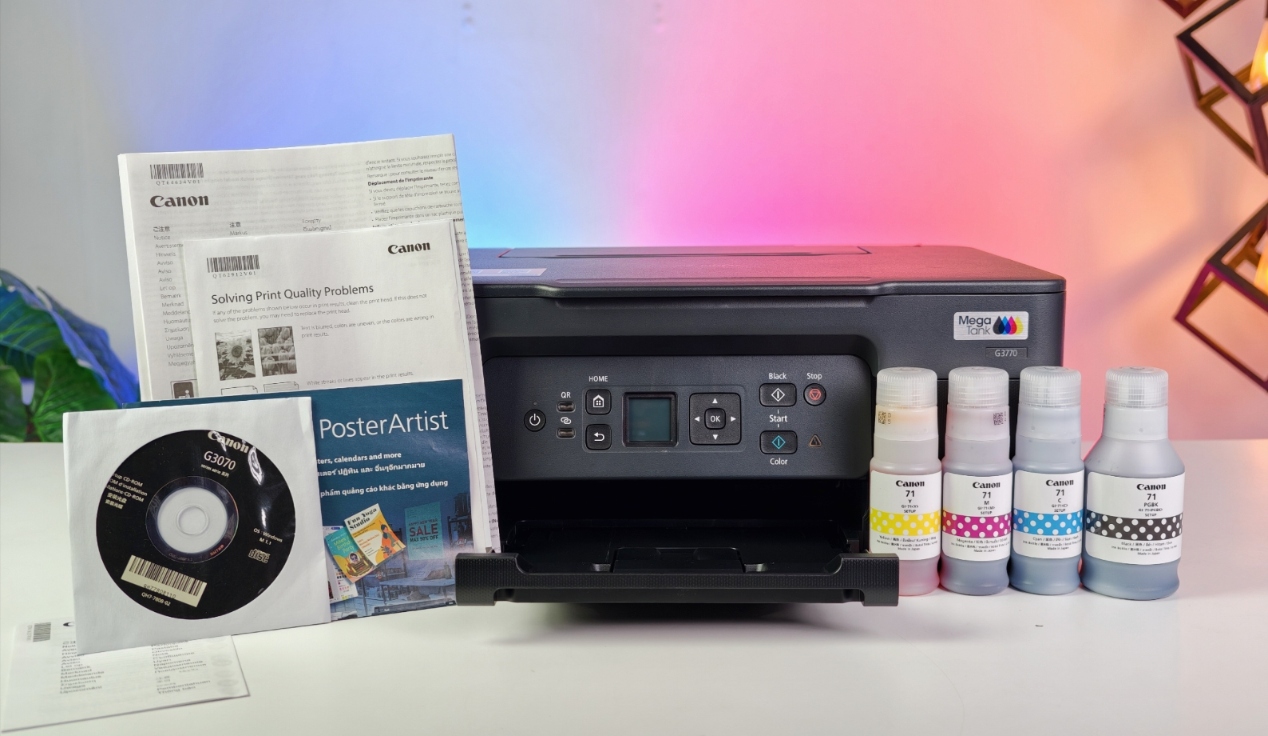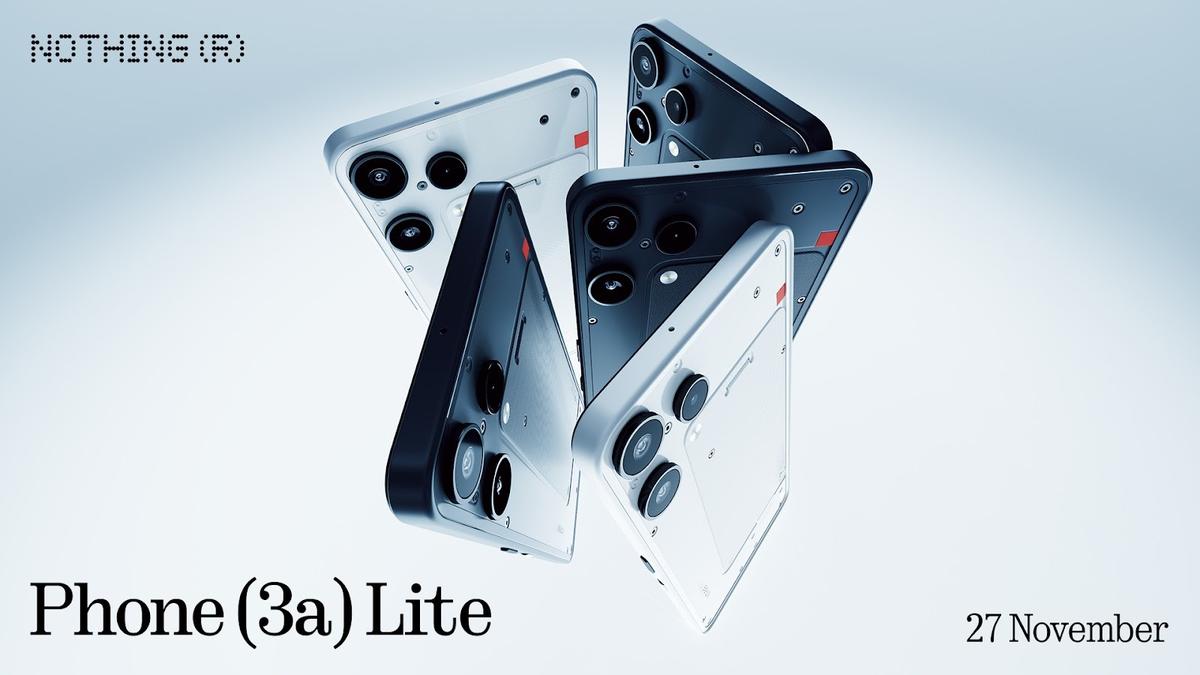Microsoft has taken a decisive step toward eliminating traditional passwords. As of May 1, 2025, all new Microsoft accounts are “passwordless by default,” encouraging users to adopt more secure and user-friendly authentication methods like passkeys, biometrics, and security keys.
Why Microsoft Is Moving Away from Passwords
Passwords have long been a weak link in digital security. Common issues include users choosing simple, easily guessable passwords or reusing the same password across multiple sites. These practices make accounts vulnerable to attacks like phishing and brute-force attempts.
Microsoft reports that users signing in with passkeys experience a 98% success rate, compared to just 32% for traditional passwords. Passkey sign-ins are also eight times faster than using passwords combined with multi-factor authentication.
How Passwordless Sign-In Works
Passkeys utilize a pair of cryptographic keys: one stored on the user’s device and another on Microsoft’s servers. Authentication methods include:
- Biometric verification: Using facial recognition or fingerprints through Windows Hello.
- Security keys: Physical devices that provide a secure way to log in.
- Authenticator apps: Apps like Microsoft Authenticator that generate time-based codes or push notifications.
These methods reduce the risk of phishing attacks since there’s no password to steal.
Transitioning Existing Accounts
Current Microsoft account holders aren’t required to go passwordless immediately. However, they can opt to remove their passwords by navigating to their account settings and selecting the passwordless option.
Industry-Wide Shift
Microsoft’s move aligns with a broader industry trend toward passwordless authentication. Companies like Apple and Google have also embraced passkeys, aiming to enhance security and user experience.
With nearly a million passkeys registered daily, Microsoft’s initiative marks a significant shift in digital security practices. As more users adopt passwordless methods, the reliance on traditional passwords is expected to decline, potentially leading to their eventual obsolescence.



















